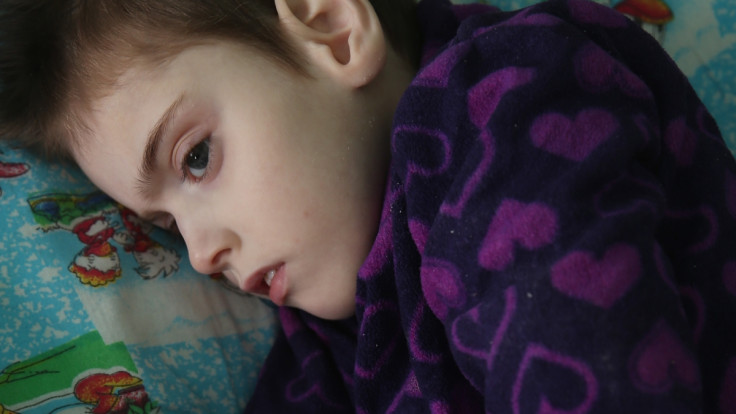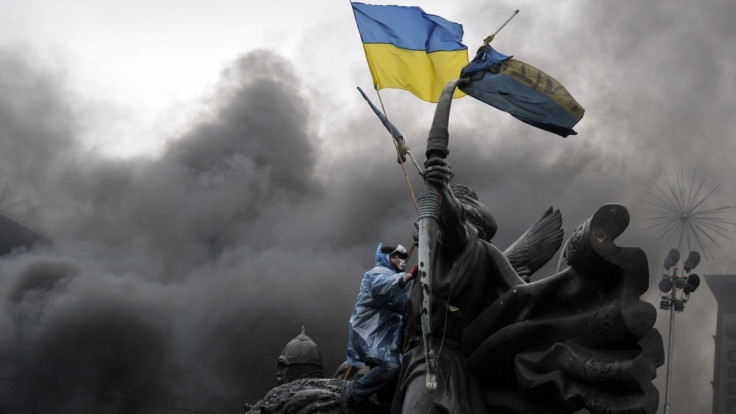The Faces of Chernobyl: A documentary on the nuclear disaster
On 26 April 1986, one of the four reactors at the Chernobyl nuclear power station on the Ukraine-Belarus border (then part of the USSR) exploded during a routine systems test. The blast and subsequent fire that continued for 10 days discharged vast amounts of radioactive material into the atmosphere at levels 300 times greater than Hiroshima.
The catastrophe forced mass evacuations in the surrounding areas of Ukraine and Belarus as radioactive elements released from the fallout spread as far as Canada and the United States. It remains the most devastating nuclear disaster of all time.
Three decades later the effects of the accident are still felt in the surrounding region. The once-thriving Soviet town of Pripyat, just 3km from the power station, remains abandoned, a ghost town filled with desolate streets, derelict homes and empty swimming pools. The town falls within a 30km exclusion zone surrounding the destroyed reactor, which still emits more than 25 times normal ambient radiation.

The World Health Organisation reports a large increase in the numbers suffering from thyroid cancer, leukaemia and other forms of cancer for young children and adolescents exposed at the time of the accident. It is expected that the increased incidence of cancer from Chernobyl will continue for many years, although the long-term magnitude of the risk is difficult to quantify.
For those living in the areas affected by the Chernobyl disaster, two recent events have raised fears that a similar nuclear accident could happen again. The first is the Fukushima disaster in 2011, whereby an earthquake in Japan and subsequent tsunami caused equipment failure that led to three nuclear meltdowns at the Fukushima DaichiNuclear Power Plant and the release of radioactive material into both the surrounding areas of Japan and the Pacific Ocean.
The tragedy shocked the world and once again showed the dangers of nuclear power. In response, Japan shut down its remaining power plants, although some reactors have been restarted intermittently since. There was no such response in the then USSR to the Chernobyl disaster, and even today in independent Ukraine four nuclear power stations continue to operate.

Fears of another Chernobyl occurring have been raised by a second major event in recent times, that of the war in eastern Ukraine. The conflict between the military and pro-Russian separatists began in the east of the country two years ago in the aftermath of the 2014 Ukrainian revolution. Two years on, international monitors have warned of increasing violence in eastern Ukraine, with UK foreign secretary Philip Hammond noting in March that pro-Russian rebels continue to violate the extended ceasefire agreement that was agreed on 12 February.
This marks the first time in history that an armed conflict is taking place in a country using nuclear power. Whilst Chernobyl and Fukushima were caused by human error and natural disaster respectively, there are now fears that the armed conflict being so close to two of Ukraine's power plants, South Ukraine and Zaporizhzhya, could trigger another nuclear disaster in the country.
In a special documentary on the nuclear disaster, 'The Faces of Chernobyl', IBTimes UK spoke with Chernobyl plant workers, local residents and the Chernobyl liquidators (civil and military personnel who were called upon to deal with consequences of the disaster) about how the accident unfolded on that fateful day, how they are dealing with the fallout today and their fears for the future with the east of the country currently embroiled in conflict.
Watch the full documentary below:
© Copyright IBTimes 2025. All rights reserved.






















